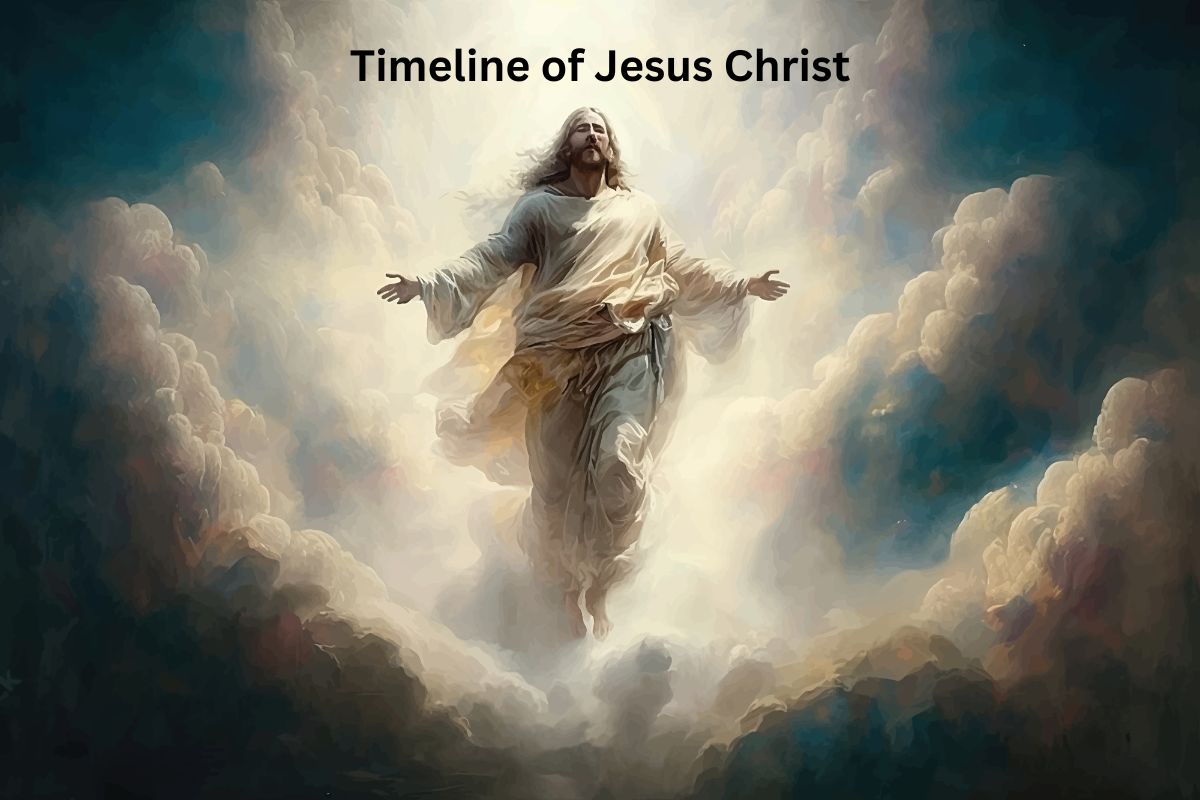Jesus Christ, the central figure of Christianity, lived in the first century AD and left a profound impact on the course of human history.
Born in Bethlehem, his life is marked by significant events such as his baptism by John the Baptist, his transformative ministry filled with teachings and miracles, his crucifixion in Jerusalem, and his resurrection on the third day.
These events form the cornerstone of Christian faith, symbolizing Jesus’ divinity, sacrificial love, and the promise of salvation.
The subsequent Ascension of Jesus and the growth of the early Christian church further solidify his enduring influence on the world, as his teachings continue to inspire and guide millions of believers worldwide.
| Event | Date / Approximate Timeframe | Description |
|---|---|---|
| Birth | Traditional date of December 25 (exact date not known) | Born in Bethlehem, Nativity story |
| Childhood and Early Life | Early years spent in Nazareth, visited the Temple | |
| Baptism | Approximately 29-30 AD | Baptized by John the Baptist in the Jordan River |
| Ministry and Teachings | Preached throughout Galilee and Judea, performed miracles, taught parables | |
| Crucifixion | Approximately 30-33 AD | Arrested, tried, and crucified by Pontius Pilate |
| Resurrection | Believed to be on the third day after crucifixion | Rose from the dead, appeared to disciples |
| Ascension | After the resurrection | Ascended into heaven |
| Early Christian Church | After the Ascension | Disciples spread his teachings, New Testament writings |
Jesus Timeline
1. Birth:
The birth of Jesus Christ is traditionally celebrated on December 25, although the exact date of his birth is not known. This date was chosen by early Christian leaders to coincide with existing pagan festivals, making it easier to convert people to Christianity. It’s worth noting that the Bible does not provide a specific date for Jesus’ birth.
Also Read: The Birth of Jesus Facts
According to the Gospels of Matthew and Luke, Jesus was born in Bethlehem, a small town in Judea. The Nativity story, as described in these Gospels, includes the account of Mary and Joseph traveling to Bethlehem for a census, the birth of Jesus in a manger, and the visitation of shepherds and wise men (Magi) who followed a star to find the newborn Jesus.
The Nativity scene, often depicted in art and nativity displays, is a central event in Christian tradition and is celebrated with great reverence during the Christmas season. It symbolizes the incarnation of the Son of God, who came into the world as a humble and vulnerable baby.
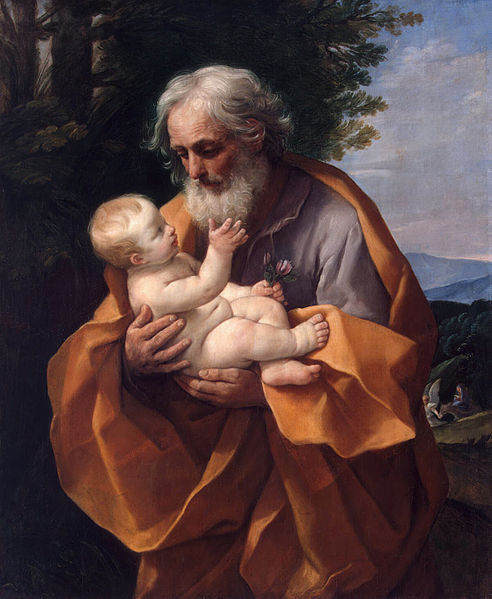
2. Childhood and Early Life:
After his birth in Bethlehem, Jesus’ family settled in Nazareth, a small town in Galilee. He spent most of his early years there.
The Gospels provide a glimpse into Jesus’ early life, including an incident when he was twelve years old. According to the Gospel of Luke (Luke 2:41-52), his family went to Jerusalem for the Passover festival, and Jesus stayed behind at the Temple, engaging in discussions with scholars. This event is often referred to as the “Finding in the Temple.”
Also Read: Facts About Lent
It’s important to note that there is limited information available about Jesus’ life between his childhood and the beginning of his public ministry. This period is often referred to as his “hidden years” or “silent years.”
3. Baptism:
Jesus’ public ministry began with his baptism by John the Baptist in the Jordan River. This event is significant in Christian tradition as it marks the initiation of his earthly mission.
According to the Gospels, John the Baptist, a prophet and preacher, baptized people as a symbol of repentance and preparation for the coming of the Messiah. When Jesus approached John to be baptized, John initially hesitated, feeling unworthy to baptize him. However, Jesus insisted, and John baptized him.
As Jesus emerged from the water, the Gospels describe a moment when the heavens opened, and the Holy Spirit descended upon him in the form of a dove, while a voice from heaven declared, “This is my Son, whom I love; with him, I am well pleased.” This event affirmed Jesus’ divine mission and his unique relationship with God the Father.
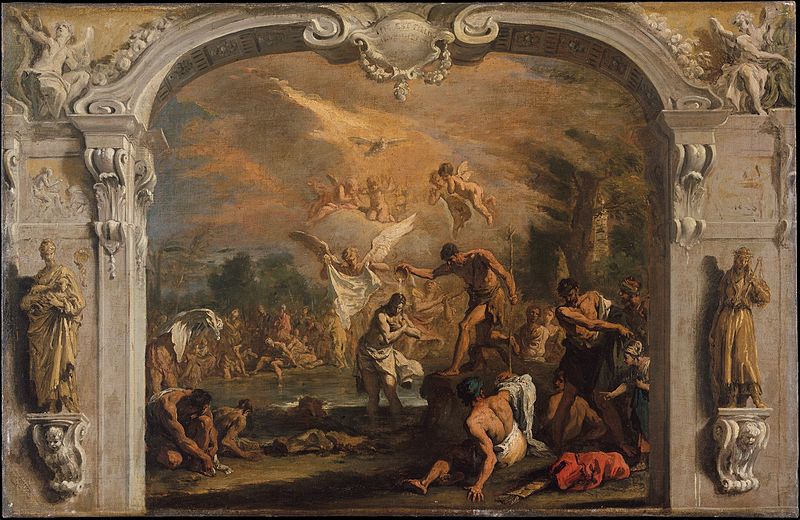
4. Ministry and Teachings:
After his baptism, Jesus embarked on a public ministry that lasted for several years. During this time, he traveled throughout the regions of Galilee and Judea, teaching and performing various acts of ministry.
Jesus’ ministry was characterized by his compelling teachings and the performance of miracles. He often taught in parables, using stories with deep spiritual and moral meanings to convey his message.
The Sermon on the Mount, as recorded in the Gospel of Matthew, is one of the most famous examples of his teachings. In it, he expounded on topics like the Beatitudes, love for enemies, and the Lord’s Prayer.
His ministry also included miraculous healing of the sick, feeding the hungry crowds with a few loaves and fish, calming storms, and even raising the dead. These miracles served as demonstrations of his divine authority and compassion for those in need.
Jesus’ ministry attracted a significant following of disciples and other followers who were drawn to his teachings and witnessed his miracles. The Twelve Apostles, including Peter, James, John, and others, were among his closest disciples.
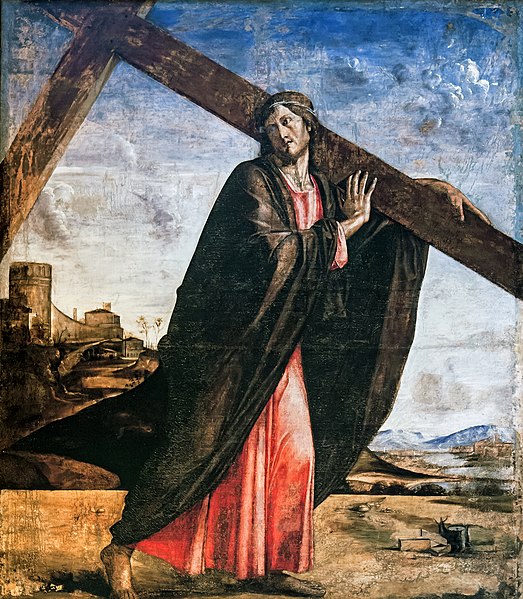
5. Crucifixion:
The crucifixion of Jesus is one of the most profound and solemn events in Christian tradition. It took place in Jerusalem during the Passover festival, which is why it is often dated to approximately 30-33 AD.
Jesus was arrested, tried, and sentenced to crucifixion by the Roman governor Pontius Pilate. Crucifixion was a brutal and humiliating form of execution used by the Romans for particularly heinous crimes. Jesus was forced to carry his cross to Golgotha (Calvary), where he was nailed to the cross and left to die.
The crucifixion is central to Christian theology, representing the sacrifice of Jesus for the forgiveness of humanity’s sins. According to Christian belief, Jesus willingly gave his life on the cross to redeem humanity and provide the opportunity for salvation.
As he hung on the cross, various events occurred, including the darkness that covered the land, an earthquake, and Jesus’ final words, which are recorded in the Gospels. He cried out, “It is finished,” before surrendering his spirit.
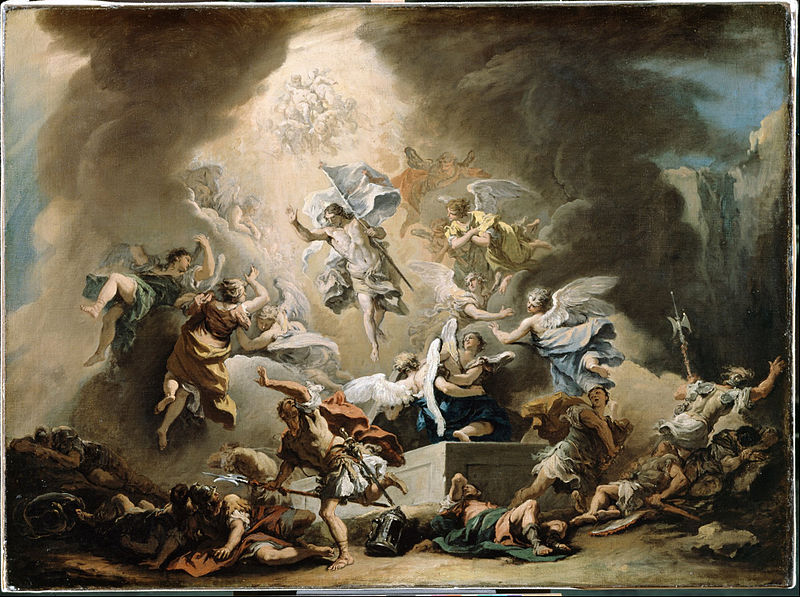
6. Resurrection:
According to Christian belief, Jesus’ crucifixion was not the end of his story. On the third day after his death, he rose from the dead, an event known as the Resurrection. This event is celebrated as the most significant and joyous moment in Christian history.
The Resurrection of Jesus is considered the cornerstone of Christian faith. It is seen as a victory over sin and death and a confirmation of his divinity. The empty tomb and appearances of Jesus to his disciples are key elements of the Resurrection narrative.
After rising from the dead, Jesus appeared to his disciples and others on multiple occasions, providing them with reassurance, guidance, and instructions for continuing his mission. These post-resurrection appearances are documented in the Gospels.
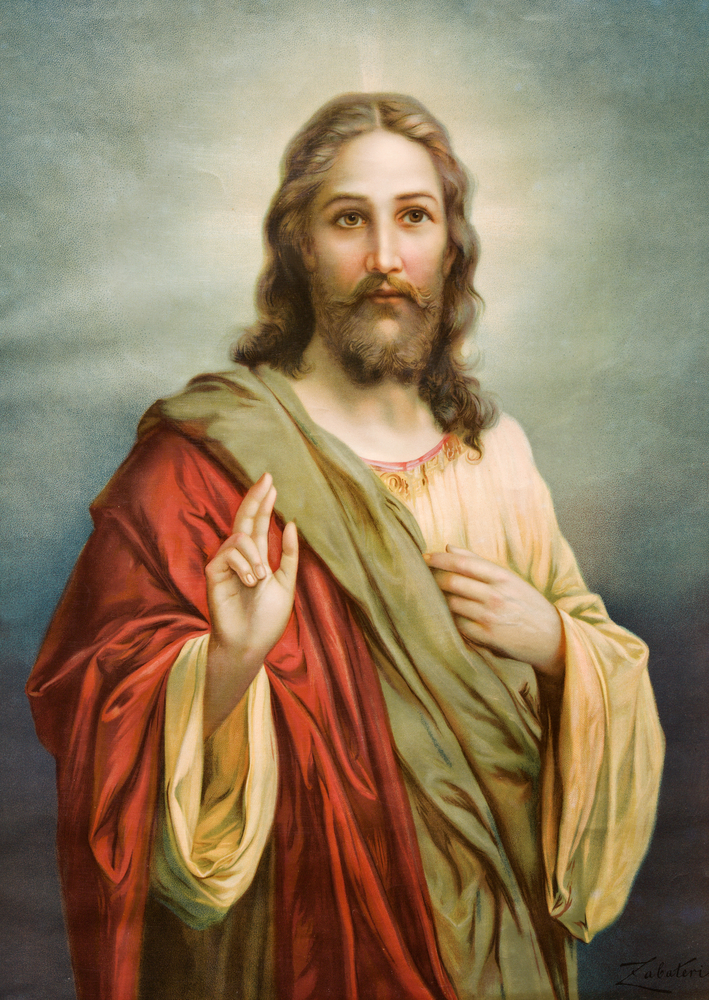
7. Ascension:
The Ascension of Jesus is a significant event in Christian tradition that marks the end of his earthly ministry. According to the New Testament, this event occurred after Jesus’ resurrection.
The Ascension took place on the Mount of Olives, near Jerusalem. As the disciples gathered around him, Jesus was lifted up into the sky and disappeared from their sight. This event is described in the Book of Acts, specifically in Acts 1:9-11.
In the Christian faith, the Ascension signifies the return of Jesus to heaven to be seated at the right hand of God the Father. It is a moment of triumph and exaltation, signifying his divine nature and authority. It is also a promise to believers that Jesus will one day return.
8. Early Christian Church:
After the Ascension of Jesus, his disciples and followers formed the core of the early Christian community. They were often referred to as “The Way” or “Followers of the Way.”
The disciples, especially the Twelve Apostles, played a crucial role in spreading Jesus’ teachings and the message of salvation. They were empowered by the Holy Spirit, as described in the Book of Acts, to boldly proclaim the Gospel.
The early Christians faced various challenges and persecutions, especially from the Roman authorities, but their faith and dedication to the teachings of Jesus led to the growth of the Christian community.
The writings of the New Testament, including the Gospels, Acts of the Apostles, and various epistles (letters), provide valuable insights into the early Christian church’s beliefs, practices, and challenges.
Over time, Christianity expanded beyond its Jewish roots and reached people from various cultures and backgrounds, eventually becoming a global religion.
